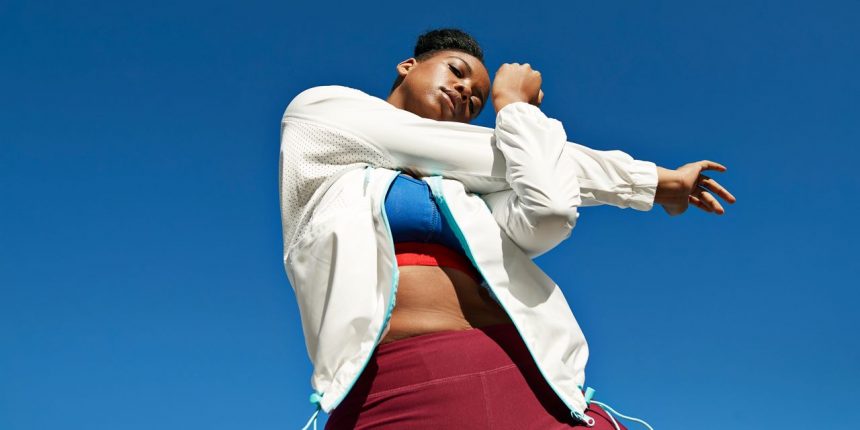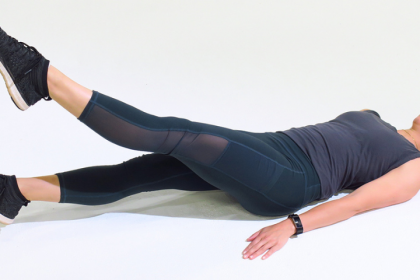Even though warming up before a workout can sometimes feel like a chore if you’re raring to jump right in, you’ve probably heard its virtues extolled ad nauseam: Proper warm-ups can boost your flexibility, guard against injury, and even prep your muscles to push it to the limit.
Yep, taking the time to slot one in before your workout can make your actual session more effective—and new research in the Journal of Sport and Health Sciences bears this out. Published in August, the review analyzed 33 studies and concluded that warm-ups that raise muscle temp “significantly” enhance not only the speed at which muscles contract during workouts, but also how much power those contractions produce.
That’s important if you’re looking to PR. “In terms of performance, more muscle contraction equals better output,” Jeanne Doperak, DO, a sports medicine physician at the University of Pittsburgh Medical Center and an assistant professor at the University of Pittsburgh School of Medicine, tells SELF. “When more muscle fibers are recruited and firing strongly, the force produced is greater. It’s like trying to lift something heavy on your own—it’s tough. But if a few friends help, their combined effort makes it easier. That’s essentially what happens when more muscle fibers work together: performance improves.”
The new study even put a number on that. “For every 1°C increase in muscle temperature, performance improved by about 3.5%, with the greatest benefits seen in rate-dependent muscle properties like speed and power, but not in maximum strength,” corresponding author Cody Wilson, a PhD student at Edith Cowan University in Joondalup, Western Australia, told the website EurekAlert!, an online news service run by the American Association for the Advancement of Science.
Digging deeper, the researchers also investigated whether there was a difference between passive “warm-ups” (i.e., applying heat packs and taking a hot bath); active warm-ups (you know, the traditional kind that involve physical activity); and a combo of the two. They also divided active warm-ups into two categories: general (like cycling or jogging) or specific (as in a lighter version of the actual exercises themselves). Surprisingly, per EurekAlert!, the researchers didn’t detect any major variations, but based on previous findings, specific warm-ups still seem to be the recommended route.
You can think of it as “practicing” the workout routine before actually diving in fully. If your main lift in your workout is heavy squats, for instance, you can warm up first with bodyweight squats and then with a set or two of just the barbell on your back before you start loading it up. “By doing the exercise with lighter weights, because the practice actually helps us to activate our muscles more and to use more efficient movement pattern—the nervous system can learn on the spot,” fellow study author João Pedro Nunes, a PhD student at Edith Cowan University, told EurekAlert!. Similarly, Wilson said that while any warm-up is better than nothing, “there is some indication that warm-ups not related to the exercise being performed do not have as great an effect[.]” For instance, if you’re doing an upper-body strength session, spending five minutes jogging beforehand might not give your chest, shoulders, and back the most effective wakeup possible.
Ultimately, the takeaway is pretty simple: “Warming up your muscles before physical activity is beneficial—regardless of the method—since it contributes positively to both performance and injury prevention,” Dr. Doperak says. So even though it can be tempting to ditch the warm-up if you’re pressed for time, take those extra few minutes to knock it out. Need some inspo? Check out these top warm-up moves trainers never skip.
Related:
- The Best Workout to Do After a Bad Night’s Sleep, According to a Sleep Neurologist
- 7 Little Things Pilates Instructors Really Wish You’d Stop Doing in Class
- Can We Please Chill With All the Heated Workout Classes?
Get more of SELF’s great service journalism delivered right to your inbox.






